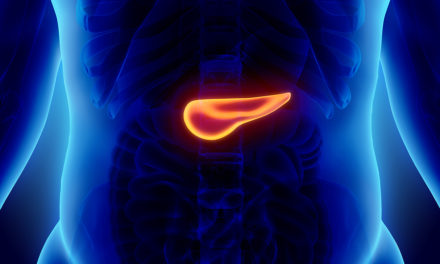
pills – background
The British Medical Journal (2015;351:h3517) published a study that looked at the risk of intracranial hemorrhage among patients treated with antidepressants and non-steroid anti-inflammatory drugs (NSAIDs), compared with the risk among those treated with antidepressants without NSAIDs. Patients who began receiving antidepressants for the first time (index date) without a history of having received a prescription for antidepressants during the preceding year. Patients who had been diagnosed as having cerebrovascular diseases within a year before the index date were excluded.
The main outcome measure was time to first hospital admission with intracranial hemorrhage within 30 days after drug use. The researchers, from Seoul National University College of Medicine, looked at data from over four million people who had started taking antidepressant medication between 2009 and 2013. About half were also prescribed an NSAID, like ibuprofen or naproxen. The team used hospital records to see who was admitted for intracranial bleeding in the 30 days after being prescribed the NSAID. They found that intracranial hemorrhage is increased in patients who combine antidepressants and NSAIDS, like ibuprofen or naproxen. Since depression and chronic pain often go hand-in-hand, and millions of people may take the two meds together, the study results are particularly relevant.
It turned out that people who began taking both medications had a 60% greater risk of intercranial hemmorhage than people taking only antidepressants. There was no significant difference in the risk among the different types of antidepressants (SSRIs, SNRIs, and tricyclics).
The risk of intracranial bleeding was especially heightened in men who took both antidepressants and NSAIDs. Their risk was about 2.6 times higher than men who took antidepressants alone, whereas the risk for women was only about 1.2 times higher than women who took just the one medication.
The researchers only looked at bleeding that occurred within 30 days of the NSAID prescription: The risk might be different — possibly higher – over the long-term. Also, they only looked at patients taking prescription NSAIDs, not over-the-counter painkillers.
Each medication seems to inhibit platelets, and each is thought to slightly increase the risk of bleeding on its own (for instance, SSRI antidepressants and NSAIDs are both known to increase the risk of gastrointestinal bleeding).
This study comes just days after the FDA strengthened its warning about the risk of heart attack and stroke from NSAIDs alone. The FDA notes that although heart attack and stroke risk may occur within weeks of beginning to take an NSAID, the risk is likely higher with long-term use.
About 65% of people with major depression also have chronic pain, according to an editorial that accompanied the main study. This makes it doubly important for you to have effective natural alternatives for these patients.





